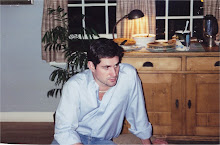
During the same decade T. S Eliot's The Waste Land proclaimed the disintegration of Western culture, setting the despairing tone for modernist literature for the rest of the century, popular culture exploded in Hollywood and in Harlem. Although writers like Eliot viewed the 20th century breakdown of rules and beliefs as detrimental to Western culture, it allowed other forms of art and culture to establish themselves and find a place in the reconstruction of the modern world. Minority artists were able to find their voice and an audience, and they were able to be recognized for their talent and creativity in a modern world that was looking for "new" art. Harlem, the district in northern Manhattan, became a center of learning and expression for blacks following a great migration to the North to escape poverty and oppression in the rural South. Musicians explored new realms in musical experimentation and interpretation in Jazz, and writers and poets experimented with language and imagery to capture the essence of the black experience in America. People soon found in these many black artists and musicians an unexpected source of hope and inspiration in an otherwise desolate and chaotic modern world. The Harlem Renaissance can be likened to a flower that grows out of the 20th century "waste land."

2 comments:
fro our essay u want us to write on modernism and the topic for most people is a bood but modernism is art and music + more so how could put that in my essay?
I mean a book,not bood..srry bout d grammar but its d internet so sue me
Post a Comment